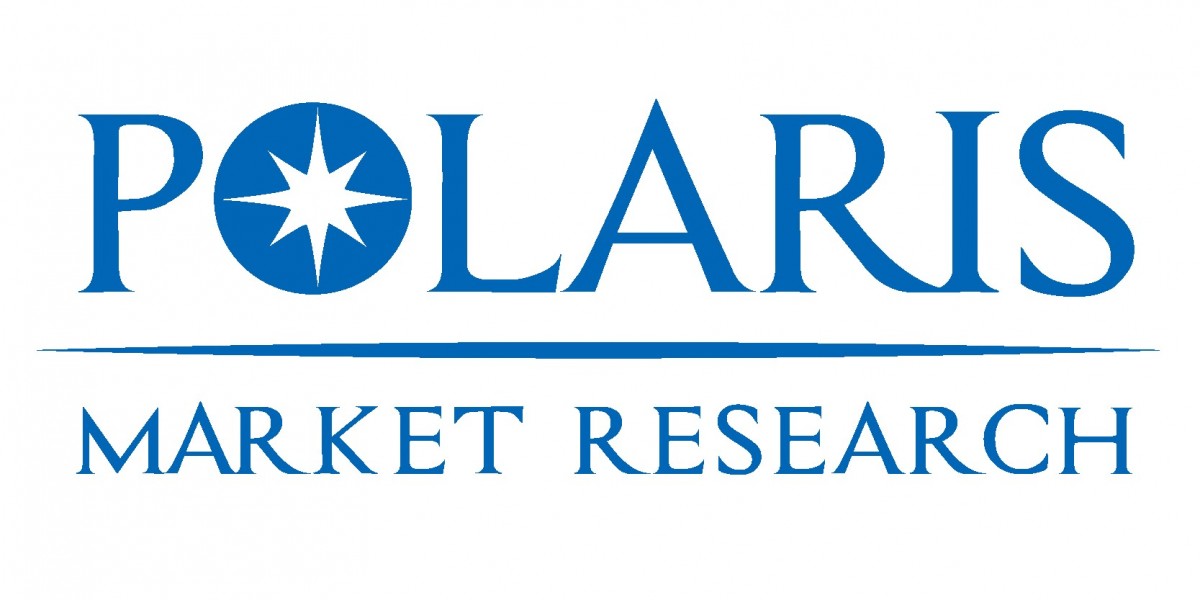The U.S. cell culture media and cell lines market, valued at USD 1.90 billion in 2024, is projected to reach USD 4.57 billion by 2034, growing at a strong compound annual growth rate (CAGR) of 9.20%. This expansion is being driven by growing investments in biologics, regenerative medicine, and precision therapeutics. As life sciences pivot toward more personalized, cell-based solutions, the demand for high-quality culture systems and validated cell lines is accelerating across both research and manufacturing environments.
Cell culture media provides the essential nutrients for cell growth in vitro, while cell lines act as standardized biological models used across biomedical applications. These components are integral to breakthroughs in drug discovery, vaccine development, tissue engineering, and cancer research—areas that are rapidly evolving in the U.S. thanks to innovation hubs, a favorable regulatory environment, and public-private investment.
Rising Demand Across Key Product Categories
Serum-free and chemically defined media formulations are gaining traction due to their reliability, safety, and suitability for Good Manufacturing Practice (cGMP)-compliant bioproduction. These advanced media eliminate animal-derived components, reducing the risk of contamination and improving batch consistency—crucial factors for therapeutic applications.
On the cellular side, continuous cell lines such as CHO (Chinese Hamster Ovary) and HEK293 continue to dominate biomanufacturing, particularly in monoclonal antibody and recombinant protein production. Simultaneously, stem cell lines are seeing increased use in regenerative medicine and 3D cell culture platforms, spurred by innovations in cell reprogramming and differentiation protocols.
Application Landscape: Where Demand is Growing
Biopharmaceutical production remains the largest application of cell culture media and cell lines, accounting for a significant share of the market. As the pipeline for monoclonal antibodies, gene therapies, and biosimilars expands, companies require scalable, reproducible culture systems to ensure quality and regulatory compliance.
Other fast-growing applications include drug discovery, where high-throughput cell-based assays are essential for screening and toxicity profiling. In tissue engineering, researchers are developing more complex, organ-like structures that demand custom media and specialized cell lines. The vaccine development space, revitalized by the COVID-19 pandemic, continues to rely on mammalian cell lines such as Vero and MDCK for scalable viral production.
Stem cell research, too, is undergoing rapid growth. Advances in induced pluripotent stem cells (iPSCs), organoid modeling, and cell-based immunotherapies have created a demand for animal-free media that supports differentiation and expansion without compromising viability or safety.
Explore The Complete Comprehensive Report Here:
https://www.polarismarketresearch.com/industry-analysis/us-cell-culture-media-and-cell-lines-market
Key End Users Driving Market Growth
Pharmaceutical and biotechnology companies lead the market, leveraging cell culture technologies to streamline biologic production and develop next-gen therapies. Academic and research institutes, while more budget-conscious, are also major contributors, particularly in fundamental research and early-stage innovation.
Contract Research Organizations (CROs) and Contract Development and Manufacturing Organizations (CDMOs) are expanding their capabilities to meet growing outsourcing demand. These entities rely on validated cell lines and optimized media formulations to ensure fast, reproducible results across multiple client projects.
Hospitals and diagnostic labs also represent a niche but important segment, using cell culture systems in diagnostic assays, cytogenetics, and even ex vivo therapeutic testing for personalized medicine.
Drivers Accelerating Market Momentum
The explosive rise of biologics and biosimilars is perhaps the most influential factor propelling this market. These complex drugs require consistent, scalable manufacturing platforms—driving demand for high-quality media and well-characterized cell lines that support regulatory compliance and cost-effective production.
Simultaneously, breakthroughs in stem cell and regenerative medicine are pushing the market toward custom, serum-free, and xeno-free media formulations. These innovations support the development of organoids, tissue scaffolds, and engineered cell therapies—all requiring highly specific growth environments.
Another key driver is the increasing urgency for pandemic preparedness and vaccine scalability. Lessons learned from the COVID-19 response have reinforced the need for flexible, high-yield vaccine production platforms based on cell culture.
Finally, ethical and regulatory concerns are leading to a paradigm shift away from animal-derived components. Chemically defined media and animal component-free (ACF) alternatives are quickly becoming industry standards, particularly for clinical-grade applications.
Ongoing Challenges
Despite a strong growth outlook, the market is not without hurdles. High costs associated with advanced media formulations—particularly those that are chemically defined—can hinder widespread adoption, especially in academia or developing institutions.
There are also persistent concerns around quality control. Cell lines, if not properly authenticated or stored, can experience genetic drift or contamination, compromising data validity and product safety.
Licensing and intellectual property restrictions further complicate access to proprietary cell lines and formulations, creating barriers for smaller players or startups. Additionally, regulatory complexity adds another layer of challenge, as companies must navigate FDA and USP standards that vary depending on the end use of the media or cell line.
Regional Trends in the U.S.
The Northeast U.S. leads in biopharmaceutical R&D, anchored by the Boston-Cambridge cluster. This region benefits from a dense ecosystem of biotech startups, academic labs, and venture-backed innovation, supported by robust NIH funding.
On the West Coast, California is a powerhouse in stem cell and synthetic biology research. The presence of major players in the Bay Area and San Diego—combined with access to global capital and scientific talent—makes it a key growth engine for the market.
The Southeast and Midwest regions are emerging as cost-effective centers for biomanufacturing and pharma R&D. With favorable tax incentives, infrastructure investments, and a skilled workforce, states like North Carolina, Indiana, and Texas are becoming attractive locations for both U.S. and foreign investment.
Leading Industry Participants
Several companies are driving innovation and competition in the U.S. cell culture media and cell lines space. Thermo Fisher Scientific remains the industry leader with its expansive Gibco portfolio, offering both off-the-shelf and custom solutions. Merck KGaA (MilliporeSigma), Lonza, and Danaher (via Cytiva) continue to invest heavily in bioprocessing capabilities, focusing on cGMP-grade and chemically defined products.
Emerging players such as Nucleus Biologics and STEMCELL Technologies are catering to the precision medicine and regenerative therapy markets, providing custom media tailored for iPSCs, MSCs, and immune cell applications. ATCC and PromoCell are known for their authenticated and diverse cell line offerings, widely used in academic and commercial labs. Other key contributors include Sartorius AG, FUJIFILM, AllCells, and East Coast-focused biotech suppliers, all of which are expanding their footprints through partnerships, automation, and service integration.
Conclusion
The U.S. cell culture media & cell lines market is on a transformative path, shaped by scientific advancement, regulatory evolution, and rising demand for complex biologic and cell-based therapies. As the need grows for reliable, scalable, and ethically sourced cell culture systems, industry players are investing in innovation—from serum-free formulations to AI-optimized workflows and single-use bioprocessing technologies.
With the market projected to more than double by 2034, opportunities abound for companies that prioritize consistency, customization, and compliance. From bench to bedside, cell culture media and cell lines are not just enablers of scientific progress—they are foundational to the future of medicine itself.
More Trending Latest Reports By Polaris Market Research:
Powder Fire Suppression Systems Market
Hospital Electronic Health Records Market
Human Microbiome Therapeutics Market
Human Microbiome Therapeutics Market
Closed System Transfer Device Market
Hospital Electronic Health Records Market
Enteral Feeding Formulas Market








